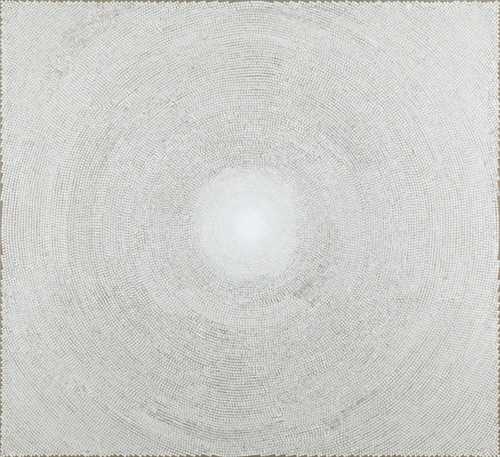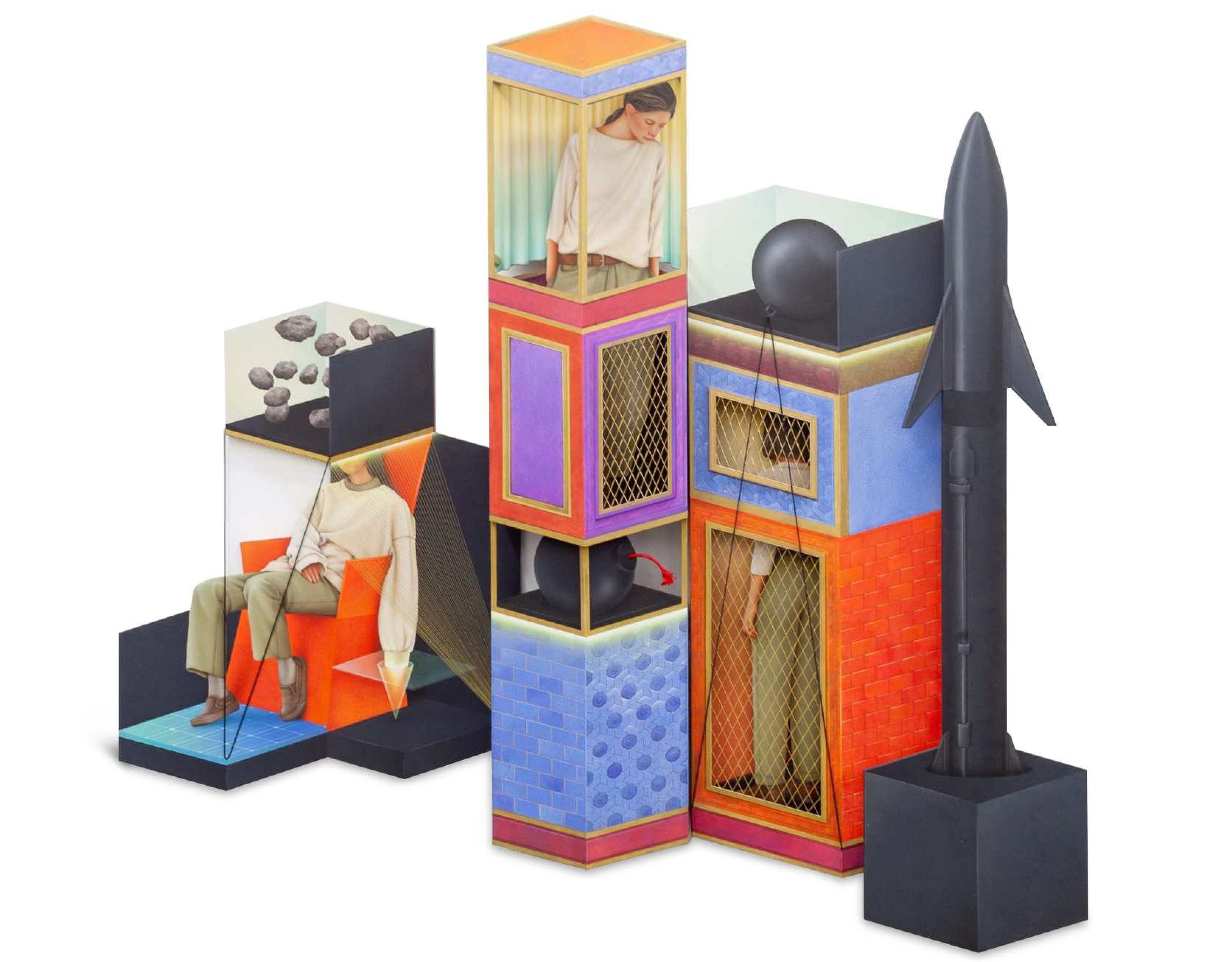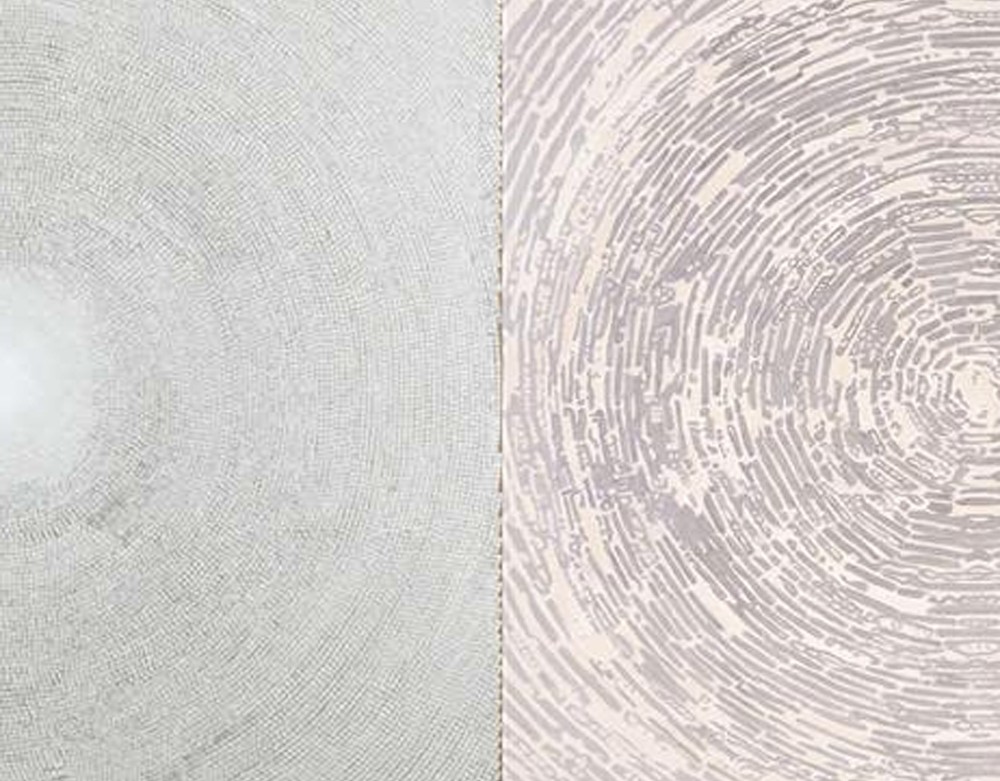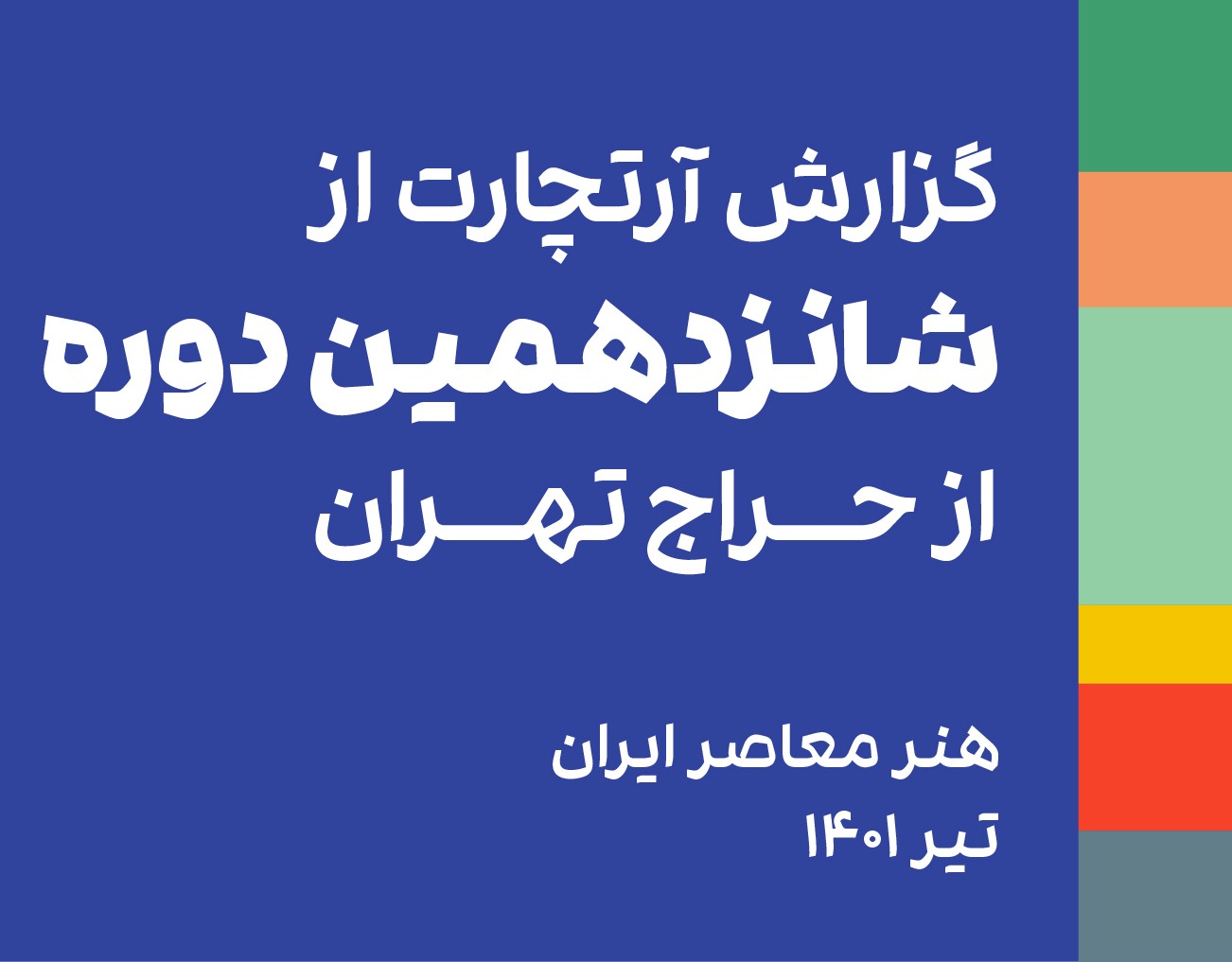About Y.Z. Kami
Kamran Yousefzadeh, known by the artistic name Y.Z. Kami, was born in 1956. In 1974, after completing his secondary education, he moved to the United States and began studying philosophy at the University of California, Berkeley. A year later he moved to France and continued his philosophy studies at the Sorbonne in Paris. He also studied filmmaking for a time at the Paris Film Conservatory, and upon returning to the U.S., he made several films, including a documentary about Ahmad Fardid. During this period, he became professionally involved in painting and eventually settled permanently in New York, dedicating himself fully to art.
Kami held his first solo exhibition in 1984 at LTM Gallery in New York. Afterwards, he continued to exhibit his work at prominent art institutions in Europe and the United States. In 2007, he participated in the 52nd Venice Biennale with his painting "In Jerusalem". His works were also shown in 2018 at Ab-Anbar Gallery, Tehran.
Like the work of many contemporary artists, Kami’s paintings do not fit neatly into a single artistic style. He develops both abstract and representational approaches in parallel. The link between these seemingly distinct approaches is the overarching presence of spiritual and mystical concepts —perhaps stemming from his philosophical background. Nevertheless, his connection to painting predates his engagement with philosophy, going back to his childhood: Kami’s mother was a painter and introduced him to the medium.
Spiritual and mystical themes hold a central place in Kami’s paintings. His abstract works clearly draw inspiration from Iranian architecture, particularly structures such as domes and "shamseh" (sunburst motifs). In these paintings, small surfaces and words are arranged like bricks around a central point, creating a sense of rotation. For these works, he often uses a palette of turquoise, gold, black, and white.
Regarding Kami’s artistic style, the renown Iranian art historian Ruyin Pakbaz wrote: "Kami expresses his devotion to Iranian culture, Eastern mysticism, and the poetry of Nezami, Rumi, and Jami through a unique synthesis of architectural forms and verse, using a distinctive technique with oil paint. He also seeks to convey an inner, spiritual dimension of his sitters in his large-scale portraits set against neutral backgrounds."
Kami held his first solo exhibition in 1984 at LTM Gallery in New York. Afterwards, he continued to exhibit his work at prominent art institutions in Europe and the United States. In 2007, he participated in the 52nd Venice Biennale with his painting "In Jerusalem". His works were also shown in 2018 at Ab-Anbar Gallery, Tehran.
Like the work of many contemporary artists, Kami’s paintings do not fit neatly into a single artistic style. He develops both abstract and representational approaches in parallel. The link between these seemingly distinct approaches is the overarching presence of spiritual and mystical concepts —perhaps stemming from his philosophical background. Nevertheless, his connection to painting predates his engagement with philosophy, going back to his childhood: Kami’s mother was a painter and introduced him to the medium.
Spiritual and mystical themes hold a central place in Kami’s paintings. His abstract works clearly draw inspiration from Iranian architecture, particularly structures such as domes and "shamseh" (sunburst motifs). In these paintings, small surfaces and words are arranged like bricks around a central point, creating a sense of rotation. For these works, he often uses a palette of turquoise, gold, black, and white.
Regarding Kami’s artistic style, the renown Iranian art historian Ruyin Pakbaz wrote: "Kami expresses his devotion to Iranian culture, Eastern mysticism, and the poetry of Nezami, Rumi, and Jami through a unique synthesis of architectural forms and verse, using a distinctive technique with oil paint. He also seeks to convey an inner, spiritual dimension of his sitters in his large-scale portraits set against neutral backgrounds."
The Most Expensive Artwork
At Auctions
First Attendance
28 February 2007
# Attendance
48
# Artworks
52
Average Realized Price
67,080 USD
Average Min Estimate
43,381 USD
Average Max Estimate
61,105 USD
Sell-through Rate
80.769%
Average Growth of Artwork Worth
78.803%
Timeline
Modern & Contemporary Art Day Sale, Afternoon Session auction
21 November
Post-War to Present auction
30 September
Modern and Contemporary Middle Eastern Art auction
14 August
Post-War & Contemporary Art auction
18 July
The Domes exhibition
28 June
New Now: Modern & Contemporary Art auction
4 December
Modern & Contemporary Art Day Sale, Afternoon Session auction
20 November
The 20th Tehran- Modern and Contemporary Iranian Art auction
5 July
A Collection exhibition
10 May
20th Century & Contemporary Art Day Sale auction
8 March
Art from 1890 to Now auction
27 April
Realism exhibition
13 April
Night and Day exhibition
17 January
Visionary - The Paul G. Allen Collection Part II auction
10 November
Modern and Contemporary Middle Eastern Art, Part II auction
3 November
The Art and Design Sale auction
27 October
Art + Design auction
12 July
Tehran- 16th- Iranian contemporary art auction
1 July
In a Silent Way exhibition
4 June
Sober Weekend exhibition
11 December
Rebel, Jester, Mystic, Poet Contemporary Persians—The Mohammed Afkhami Collection exhibition
10 September
The 14th Tehran- Contemporary Iranian Art auction
12 August
First Open | Online auction
15 December
Post-War & Contemporary Art auction
18 November
Art of the Islamic and Indian Worlds Including Oriental Rugs and Carpets auction
28 October
Night Paintings exhibition
18 January
Blanc sur Blanc exhibition
16 January
An Exhibition for Notre-Dame exhibition
11 June
2018 Collection Selling exhibition
17 January
دهمین دوره حراج تهران auction
11 January
Middle Eastern, Modern and Contemporary Art auction
24 October
Y.Z.Kami exhibition
20 April
Geometry of Light exhibition
16 March
Contemporary White exhibition
24 February
هشتمین دوره حراج تهران auction
12 January
Modern and Contemporary Middle Eastern Art auction
28 November
The Basilisk exhibition
15 April
Y.Z. Kami: Endless Prayers exhibition
19 November
20th Century & Contemporary Art Day Sale auction
28 June
Modern Art & Design auction
22 May
White Domes exhibition
9 March
Painting Exhibition exhibition
9 March
20th Century & Contemporary Art Day Sale auction
10 February
20th Century & Contemporary Art Day Sale auction
10 November
New Now auction
17 September
Gagosian Gallery - Athens exhibition
29 April
Y.Z. Kami: Paintings exhibition
9 April
Bear Witness auction
11 March
Contemporary Art Day Sale auction
14 November
Contemporary Art Day auction
18 October
Islamic and Indian Art auction
7 October
Horror vacui exhibition
2 October
Y.Z. Kami: Paintings exhibition
16 January
Modern and Contemporary Arab,Iranian and Turkish Art Part I auction
29 October
Modern and Contemporary Arab,Iranian and Turkish Art Part II auction
17 April
Contemporary Art Day auction
10 May
First Open Contemporary Art auction
21 September
Contemporary Art / Arab & Iranian auction
20 October
Υ.Ζ.Κami: Beyond Silence exhibition
22 October
Post-War & Contemporary Art Day auction
17 October
Contemporary Art Including Arab & Iranian Art auction
16 October
Contemporary Day Sale auction
26 June
American & European Paintings & Prints auction
15 May
Y.Z. Kami: Endless Prayers exhibition
21 November
Modern and Contemporary Arab and Iranian Art auction
23 October
Contemporary Art auction
10 September
Contemporary Art Part II auction
16 May
Perspectives: Y.Z. Kami exhibition
15 March
Y.Z. Kami exhibition
8 January
Contemporary Art Day auction
15 November
Post-War and Contemporary Art auction
28 February
Articles
Iran’s Art Scene Amid a 12-Day War: Reflections on the European Art Market Experience During World War II 30 June 2025
During the 12-day conflict between Iran and Israel in June 2025, artistic activities within Iran were temporarily suspended and gradually resumed, while the international presence of Iranian artists continued uninterrupted. Historical evidence from the World War II era suggests that in times of crisis, art can serve as a temporary safe haven for capital. However, such wartime booms...
Why are the works of some artists so similar? 3 September 2023
If we assume the creativity in the work of art as one of the basic components of measuring the value of an artwork, then we may ask how it is that some works are very similar to the works of other artists, but still have a significant value in the art market? In this essay, Azadeh Bagheri tried to answer this question by comparing the works of two Iranian artists.
Sixteenth Tehran Art Auction Report 3 July 2022
On the evening of Friday, July 1, 2022, the sixteenth edition of the Tehran Auction dedicated to contemporary Iranian art was held at the Parsian Azadi Hotel. At this event, 120 artworks by 117 artists were offered for sale. The auction successfully sold all of the artworks, achieving a total sales figure of 78 billion and 100 million tomans. The average price per piece (by dividing...



